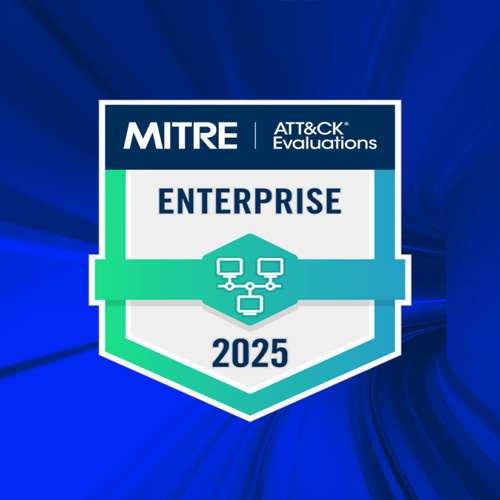
Cloud computing, as a concept, has been around for some time. In its earlier days, it was not drastically different from the traditional server and application hosting model.
In the traditional hosting model, customers would buy hosted websites or hosted servers from the provider who has massive data center capacity. Customers or end-users needed to contact the provider and request for the service – be it servers, applications / web sites. There was no self-service provisioning. In addition, the provider capacity was limited – not infinite. If the end- user wanted to have hundreds of servers at a short notice, there was no way he could be accommodated immediately.
With the evolution of virtualization, things have changed. “Cloud” characteristics like rapid self-provisioning, infinite capacity, and chargeback have become easy and the modern evolution of cloud started. Cloud computing is a not a brand new technology. It is a new way of delivering IT services.
In simpler terms, cloud computing is delivering any hosted service via internet. It is provided on-demand and is highly / rapidly scalable. The foundation of cloud computing is laid using various virtualization technologies.
In an exclusive interview with VARINDIA, Sreejith Gireesan, Head – Cloud Center of Excellence at Marlabs Software, expresses his views on how cloud is becoming a primary part of IT functionality.
1. How Cloud hosting is different from “regular” hosting, where a customer pays for a fixed amount of storage or bandwidth for a fixed monthly fee?
In regular hosting of a website, we will be using the shared resource of a server on which many web sites are running. A potential hardware issue of that server can make the web site down. Also if one of the shared web site is under tremendous load, it will affect our web sites performance too. Moreover, any security breach of that server can leave our web site offline.
In Cloud hosting, web sites are hosted in Virtual Servers which are scalable on-demand. Performance issues can be better managed in cloud due to its elastic nature. You can pay as you use.
2. Shed some light on the latest technological developments in Cloud Computing.
Innovations are in full swing in the cloud arena with new start-ups and solutions emerging in the cloud sphere almost every week. Software defined networks and storage have emerged recently, which will have a huge impact on future cloud evolution. Storage solutions are able to extend internal storage to public clouds. New encryption solutions have helped make the cloud hosted data more secure. High-performance computing is available on demand from public clouds. Huge storage requirements for data warehousing can be met from public clouds.
3. Keeping the data security in mind, what are various measures to minimise the data breaches and Cloud security threats?
Cloud consumers / customers need to plan for securing their own data / apps in cloud. They can’t simply pass on the responsibility to the provider and assume that they are safe. Application interfaces have to be hardened to prevent attacks. That is customer’s responsibility. Cloud provider will take care of the infrastructure security.
Public facing applications – whether they are cloud hosted or internally hosted, have almost equal vulnerability against public attacks. Most of the established cloud service providers have implemented the best and toughest security practices on their facilities and internal systems. They have the best brains working for securing the cloud infrastructure. For a smaller firm, having similar credentials won’t be easy. And they can’t assume that they will be safer inside their own back yard.
4. What are the concern areas of Cloud Computing?
Overcoming the security concerns of enterprise customers will hinder rapid adoption of cloud across the entire IT ecosystem. Also, the latency issues and compute power limitations are preventing the movement of critical ERP / CRM systems to cloud.
There is a long-standing mindset among most of us that cloud is not secure. In fact, cloud is NOT less secure than someone’s own data center. However, there are some regulatory restrictions which prevent moving some type of data to cloud.
See What’s Next in Tech With the Fast Forward Newsletter
Tweets From @varindiamag
Nothing to see here - yet
When they Tweet, their Tweets will show up here.





























